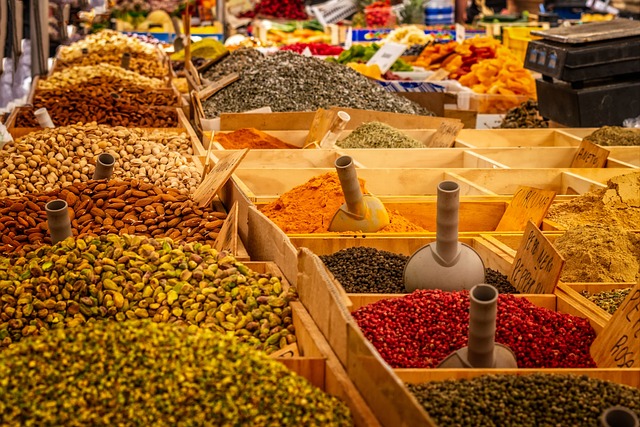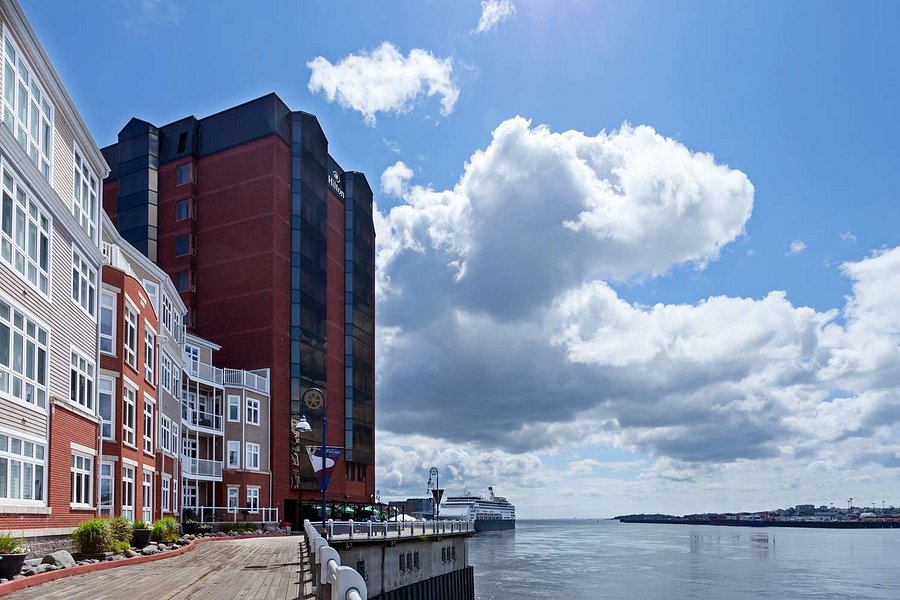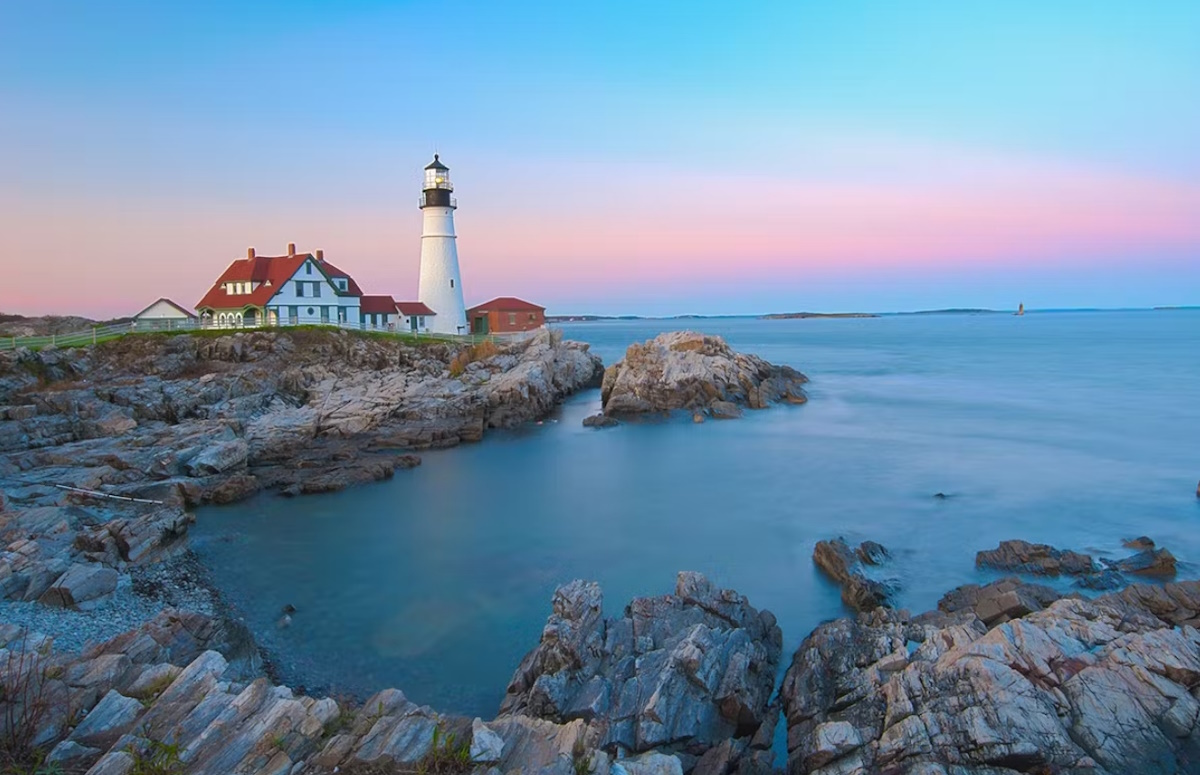Saint John: Facts Beyond the Bay of Fundy’s Tides
Saint John, New Brunswick, is known for its stunning location on the Bay of Fundy and those famously powerful tides. But there’s so much more to discover in this historic and vibrant port city!
Get ready to have your mind blown by these fun facts About Saint John
Mind-blowing Facts
-
Loyalist City: Saint John was founded by United Empire Loyalists fleeing the American Revolution, shaping its history and character.
-
Reversing Rapids: Where the Saint John River meets the Bay of Fundy, the tides create a unique phenomenon of reversing waterfalls.
-
City Market: A Foodie’s & Shopper’s Delight: This bustling historic market, operating since 1876, offers local produce, delicious eats, and unique crafts.

-
Oldest Incorporated City: Saint John holds the title of Canada‘s oldest incorporated city, beating Quebec City by a mere 19 days!
-
Fog City Fun: Saint John’s coastal location brings its share of fog, creating a mystical atmosphere locals humorously embrace.
-
Imperial Theatre: A Restored Gem: This grand 1913 theatre hosts diverse performances and boasts stunning architecture.
-
Uptown Charm: Stroll the historic Uptown district with its Victorian-era buildings, independent boutiques, and vibrant street life.
-
Irving Nature Park: A Seaside Sanctuary: This sprawling coastal park offers scenic trails, beaches, and stunning views.
-
Craft Beer Boom: Saint John has embraced the craft beer craze, with several local breweries popping up across the city.
-
Seafood Heaven: Fresh lobster rolls, scallops, and fish galore – Saint John is a seafood lover’s paradise.

-
Loyalist Burial Ground: Step Back in Time: This historic cemetery offers a glimpse into Saint John’s early Loyalist history.
-
Summer Festivals: From the Area 506 music festival to Buskers on the Boardwalk, Saint John’s summers are full of lively events.
-
Rockwood Park: City Oasis: This massive urban park is perfect for hiking, biking, swimming, and even has its own zoo!
-
Partridge Island: Ghostly Past: This small island at the mouth of the harbor was once a quarantine station and has a spooky history.
-
East Coast Hospitality: Saint Johners are known for their friendly and welcoming spirit – get ready for genuine Maritime warmth!
Conclusion
Saint John is a city steeped in history, brimming with contemporary energy, and surrounded by the natural beauty of the Bay of Fundy. From its bustling market and historic streets to scenic parks and delicious seafood, Saint John offers a rich tapestry of experiences waiting to be discovered.

